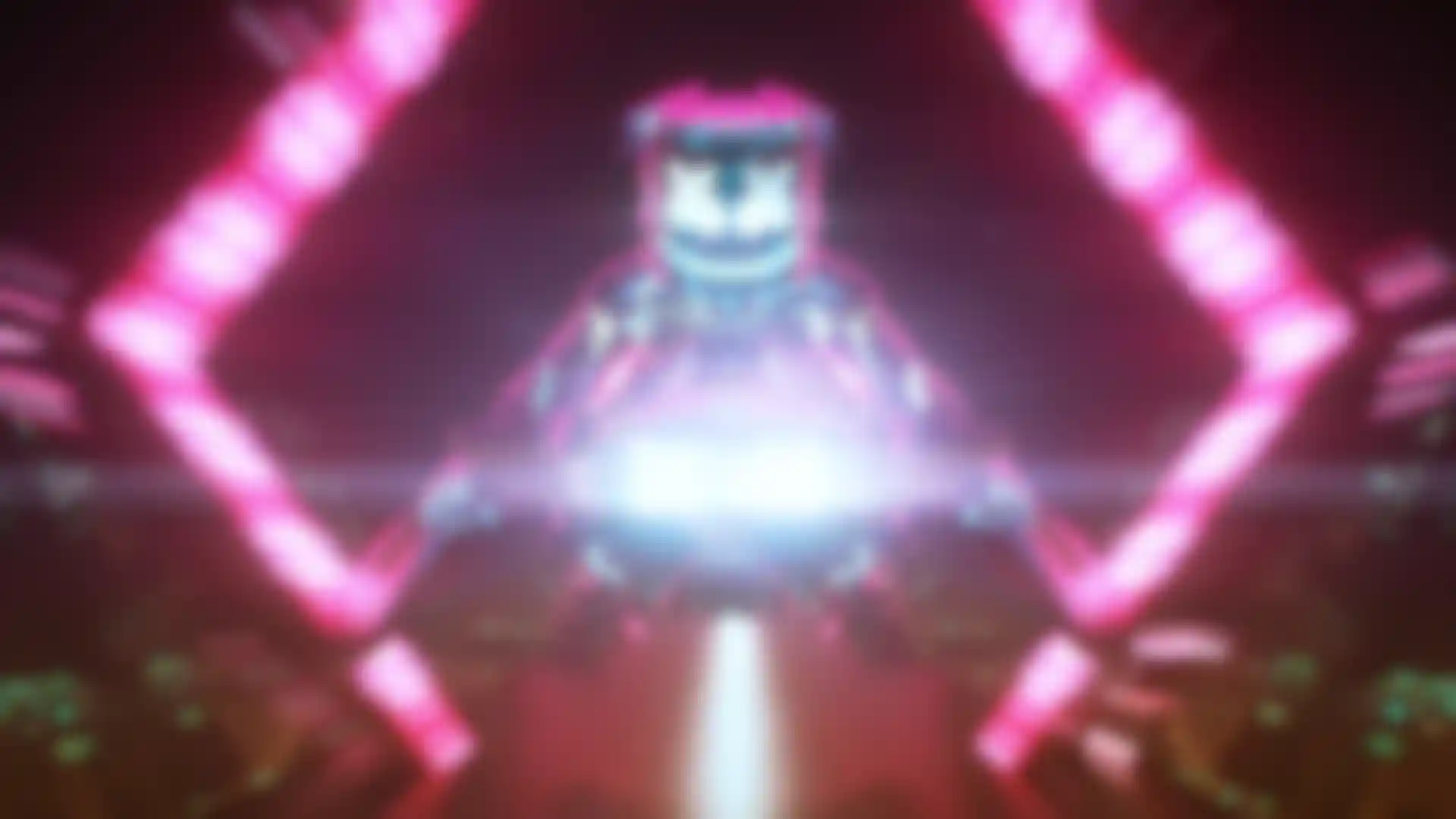
Keeping it Mello Steven Messing on his NFT collaboration with Marshmello
The market for NFTs has not only created a new revenue stream for visual artists; it has highlighted synergies between music, animation and graphic design, piquing the interest of a wide variety of creatives.
Emmy Award-winning Art Director Steven Messing, who is known for his work on films and TV series, including “Avatar,” “Avengers: Endgame” and “Stranger Things,” collaborated a few months back on a high-profile NFT drop for multi-platinum music producer/DJ, Marshmello.
Using a combination of Cinema 4D, Octane, Nuke and After Effects he created over 8 minutes of fully animated audiovisual content for the drop. Auctioned on the Aito platform for $5.6 million, the NFT, titled “Into the Melloverse,” was a huge success and a major departure from the visuals Messing has created over the years for Marshmello’s touring shows.
The NFT release was noteworthy for the collaboration between Marshmello and Messing, as well as the fact that it was the first Defi-NFT drop on a major cryptocurrency platform. (Defi, or decentralized finance, is a way of eliminating bankers and other middlemen from borrowing and lending transactions.)
But Marshmello is no newbie to NFTs. Recently, fans figured out that the popular DJ has been quietly amassing his own NFT collection, with an estimated value of over $1 million.
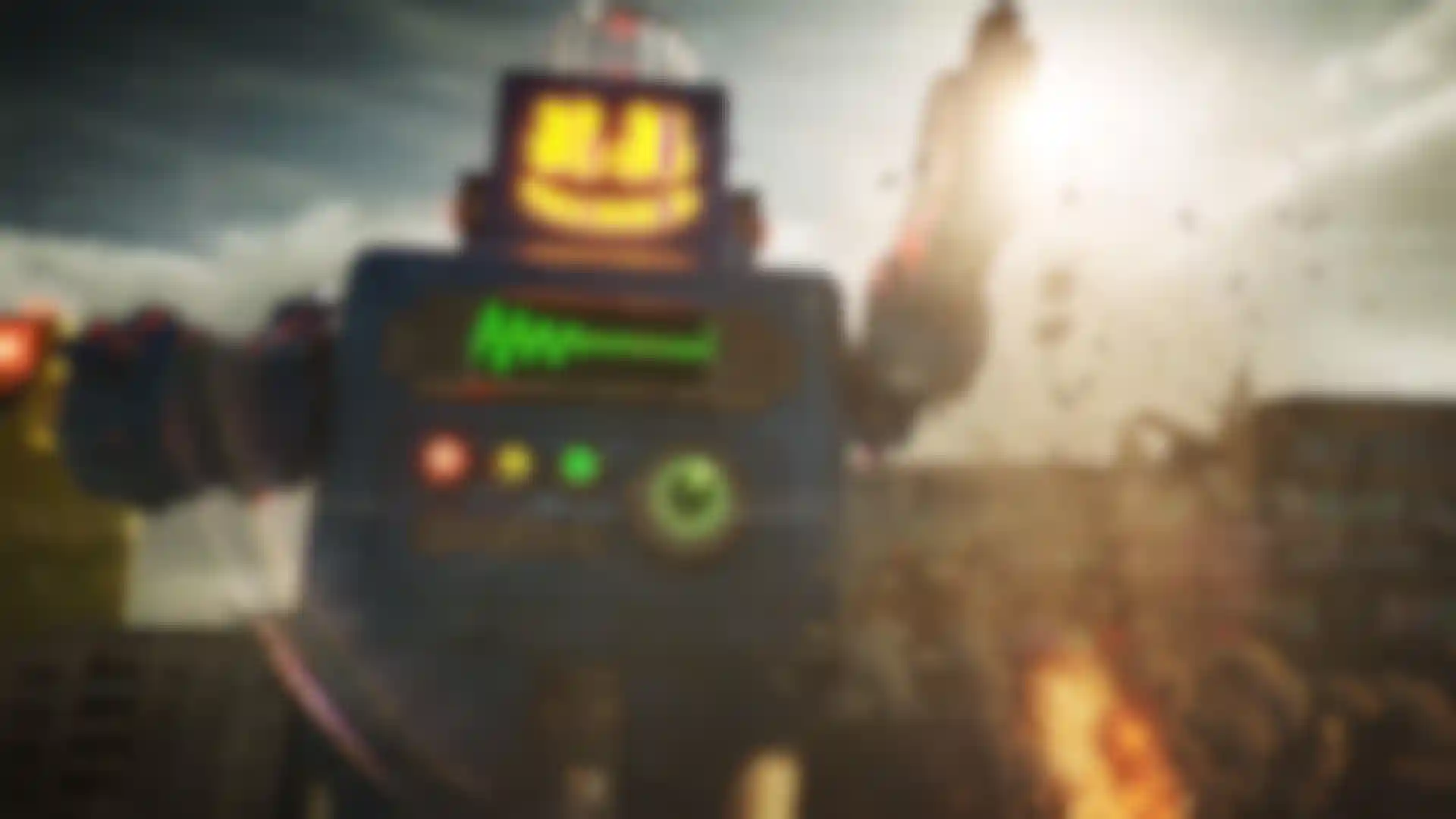
Marshmello and Messing
Messing says his work on Marshmello’s NFT offering was very much in line with their previous collaborations, which he describes as kitschy, poppy and fun. After studying film at USC, Messing attended Pasadena’s ArtCenter College of Design before breaking into the industry at Matte World Digital where he worked with Chris Evans, the former head of ILM’s matte-painting department.
“I learned a lot from Chris: how to make a shot believable, how to layer things, how to draw the eye and where not to waste your time,” he recalls. “There’s an art to that and we waste a lot of time detailing things that don’t matter. Older craftsmen have passed down, generation to generation, this technique of leading the eye and knowing where to focus detail, but it takes a lifetime to learn.”
Messing first used Cinema 4D while working on “Avatar,” and he relies mainly on C4D and Octane for design shots with quick turnarounds while also using Maya and Houdini. Rending is done on his own GPU render farm, comprised of eight graphics cards, including a liquid-cooled NVIDIA GeForce RTX 3090.

His collaborations with Marshmello began more than five years ago. At first, Messing worked for musicians and DJs for free. “If you go to Coachella and see your stuff on massive LED walls, hundreds of feet across with a hundred thousand people watching, it’s hard to explain the feeling,” he says. “It’s pretty cool.”
Once requests started getting more detailed, Messing started bidding for jobs and creating content that was increasingly elaborate. One example he recalls was a visual for Marshmello’s song “Fly", that was directed by Marshmello’s VJ Thomy Hoefer.
One of the key skills he’s developed over the years is knowing how to cut visuals to complement a dramatic music track. “An electronic music artist does an hour-long set with a story and pacing,” Messing explains. “The good ones create builds and breaks and a variety of moments, and there’s an art to how the visuals are edited with the music.”
Into the Melloverse
For Marshmello’s NFT drop, Messing created giant, city-destroying robots that were inspired in part by old designs of collectible toy robots from post-WWII Japan. Everything was modeled in Cinema 4D with a little help from friend and fellow artist Steve Schirle. “I was trying to get that injection-molded look with some of the parts, using C4D’s Volume Builder tools to fuse hard surface objects together and get those seam lines,” he explains.
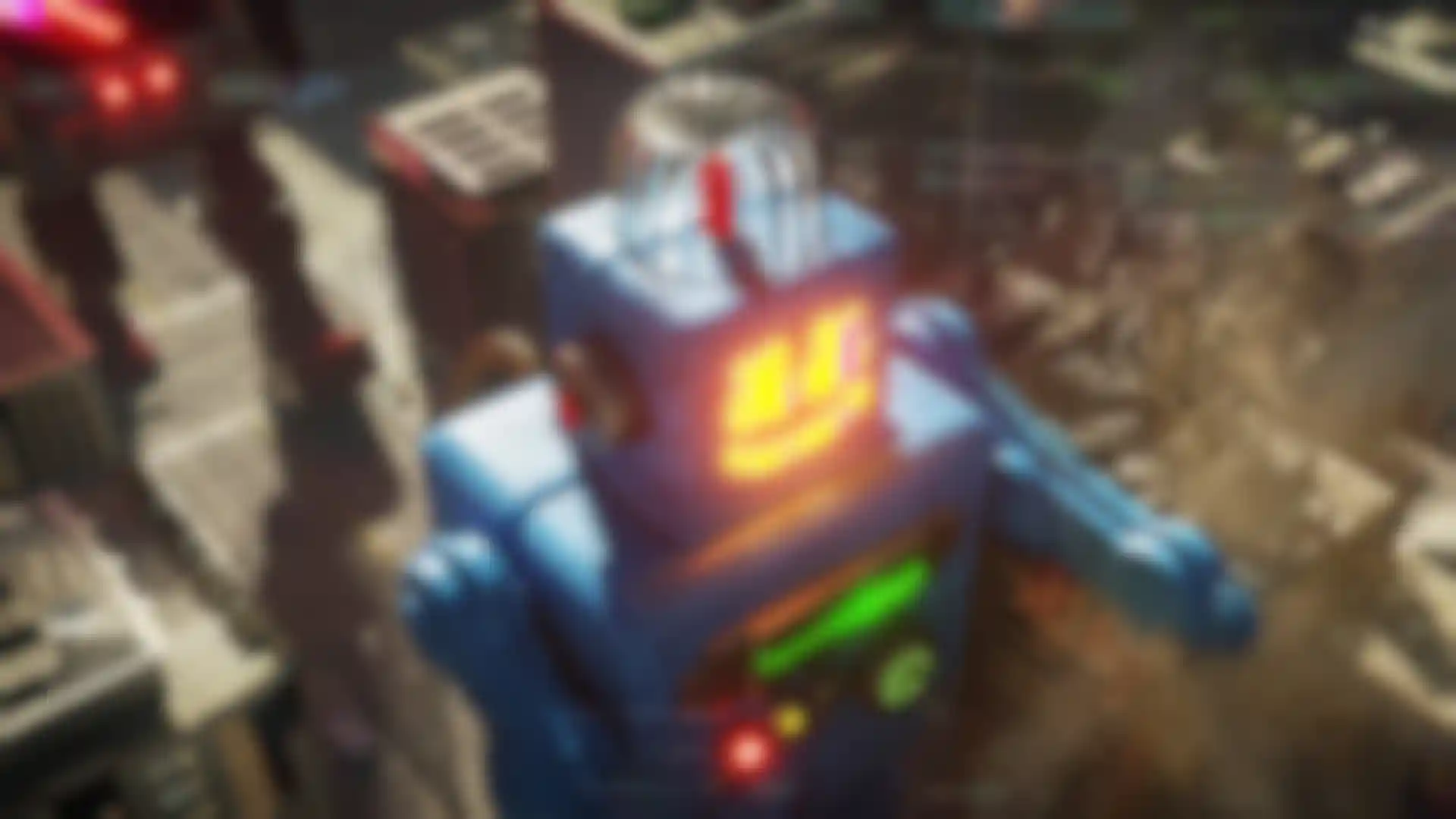
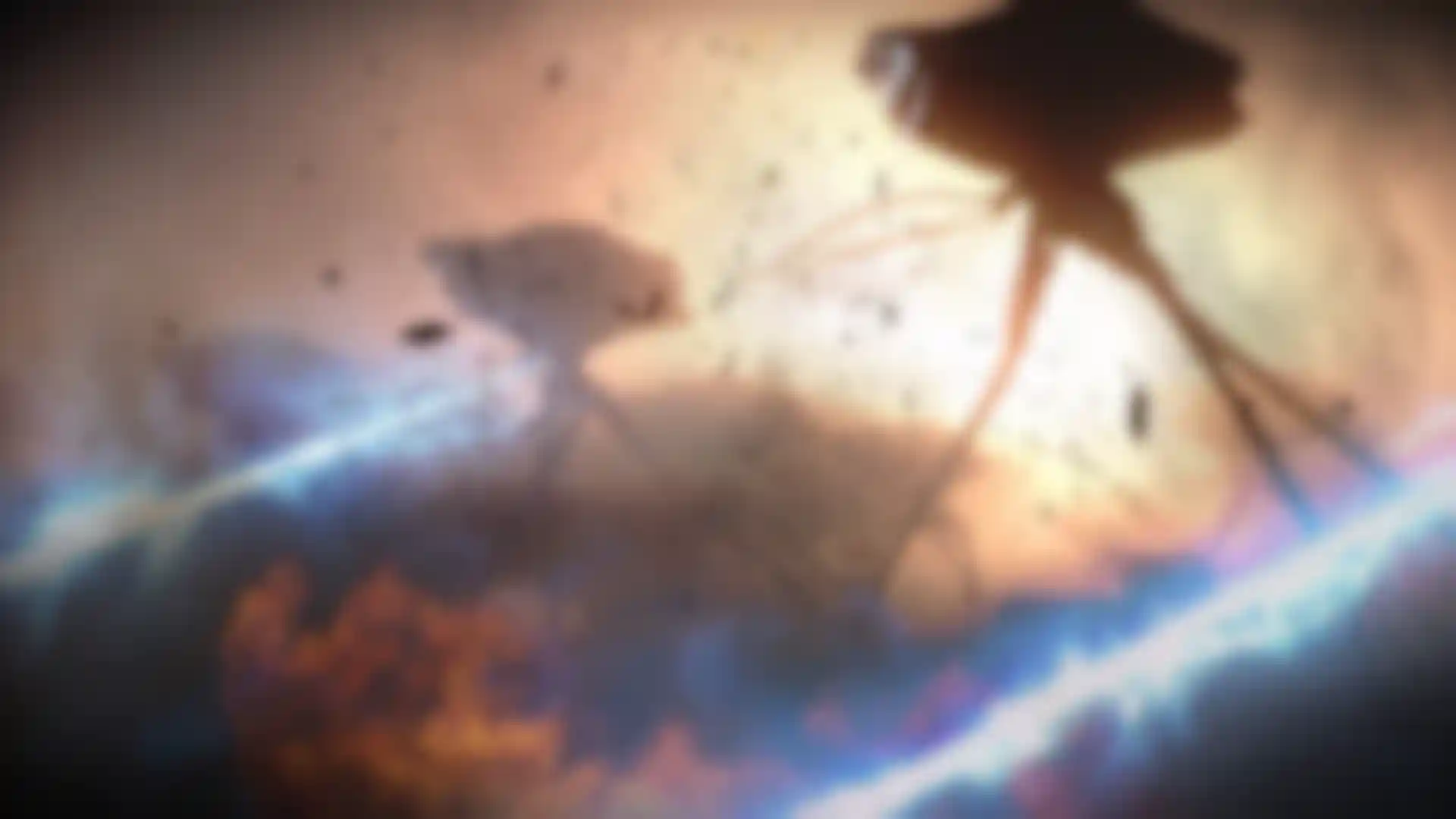
The city was built from a kit-bashed collection of different library parts, along with some custom additions by Messing. “I would render out particle simulations of debris and stuff and composite it on the backend because it’s just easier to do,” he says, adding that he used X-Particles for some of the debris. “But it’s not fancy and photoreal. It’s supposed to be kind of primitive, a little stylized and graphic in nature.”
Shots of the attacking tripods involved smoke effects, volumetric lighting and Voronoi fracturing. “You can do multiple layers of hierarchical Voronoi fracturing, so you can have a fracture that collides and fractures again,” he explains. “That’s a radial Voronoi fracture that collides with itself and crumbles into finer pieces and you mix in particles shooting up in between the fractures to get finer dust mist.”
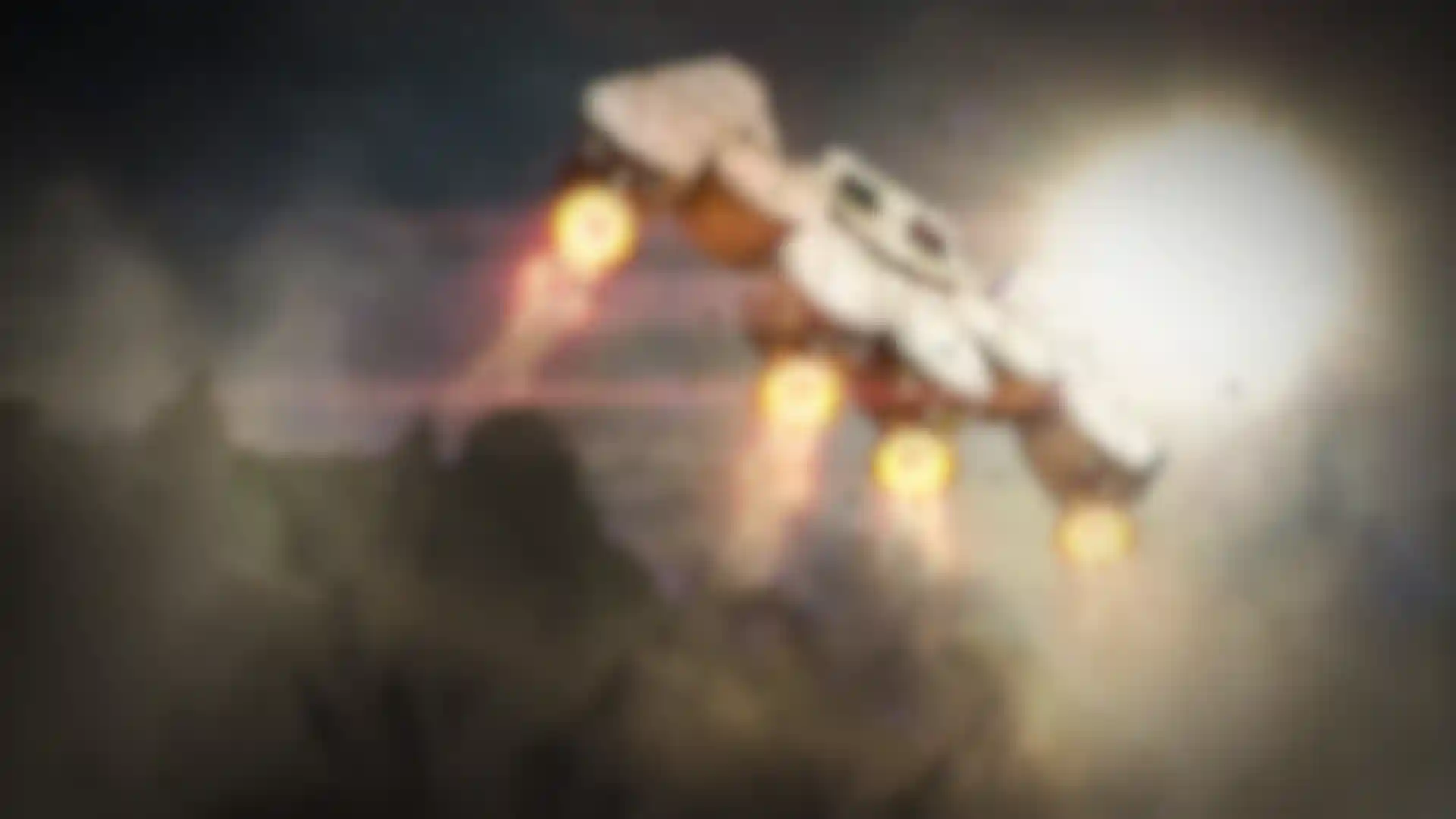
The Mello Ship takes off from a craggy landscape with prominent rock formations derived from high aerial drone scans of the Trona Pinnacles in the Mojave Desert and created with the help of The Terrain Domain. The custom scan gave the shot a scale and uniqueness that isn’t easy to achieve sourcing scans from 3D libraries, Messing says. “You can go on Quixel and get chunks of landscape, but people aren’t often scanning entire mountains and things like that. It takes a lot of time.”
Messing leaned heavily on Octane for the scene where Marshmello jets around a science-fiction landscape on a motorcycle-like flying vehicle, using emissive shaders, physical lights and volumetrics to make various shapes and silhouettes pop. The floating buildings in the environment were modeled on the Ethereum logo, which neatly ties the visual to the concept of cryptocurrency and the NFT market.
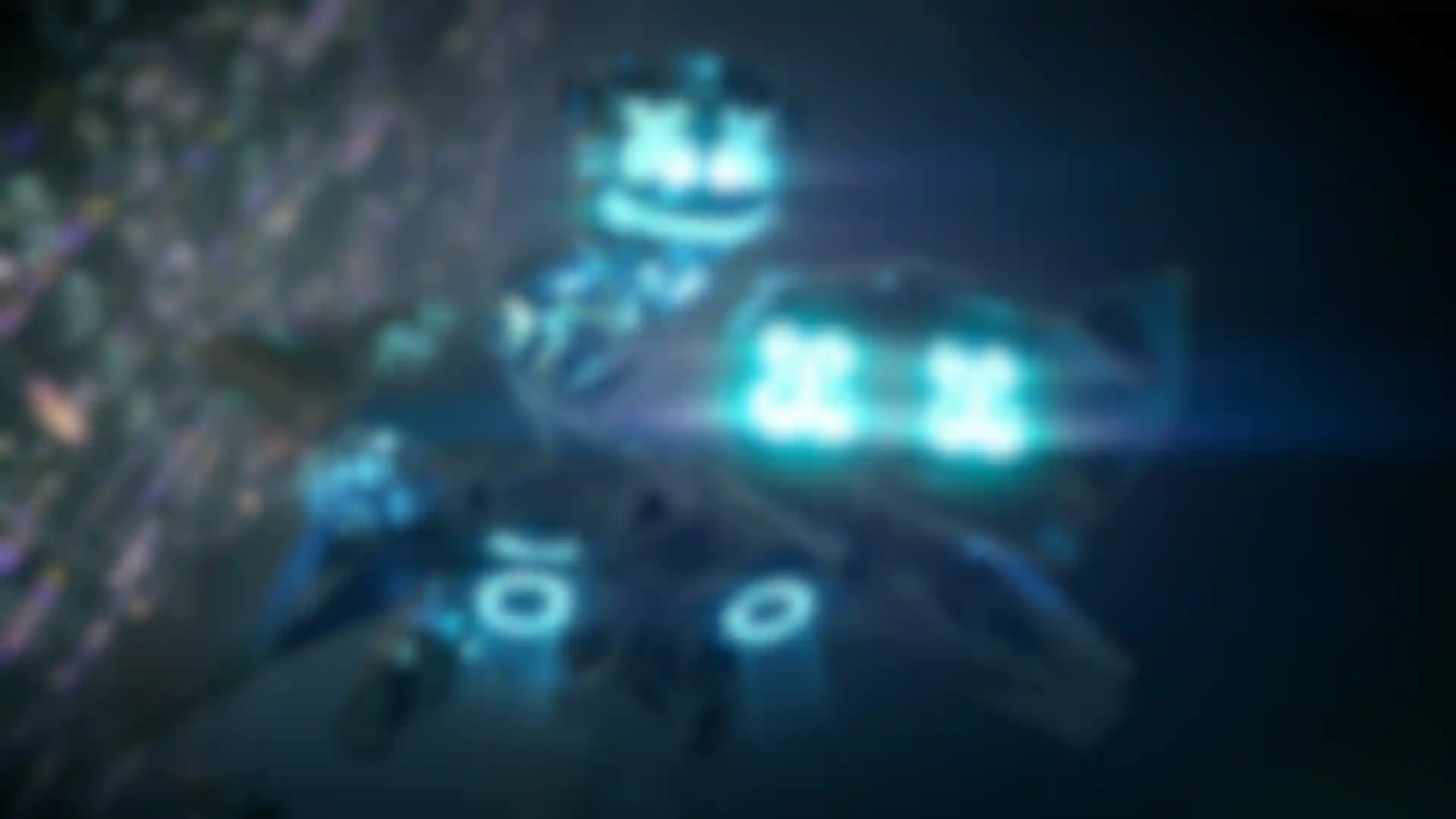

Though the shot has a feeling of massive scale, Messing says it was deceptively simple. “I used multiple levels of displacement on simple triangular shapes. There’s not a lot of raw geometry in the shot. It’s all displacement with well-crafted maps that are tiling in clever ways.”
Messing says he wishes he’d had more time to add additional detail and dynamics to several shots, but he’s happy with the work he was able to generate so quickly. “The strength of Cinema 4D is you can create effective short-form, animated vignettes very efficiently,” he says. “I often get called to do stuff like this on big VFX films because it’s very difficult to pull off in a quick timeframe.”